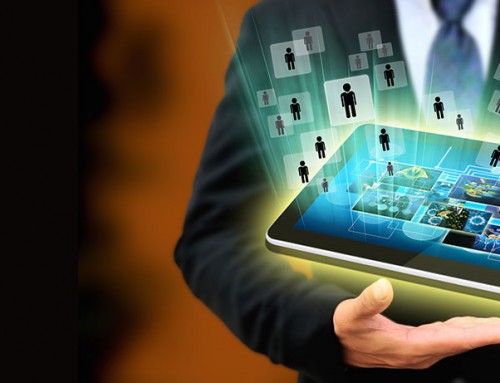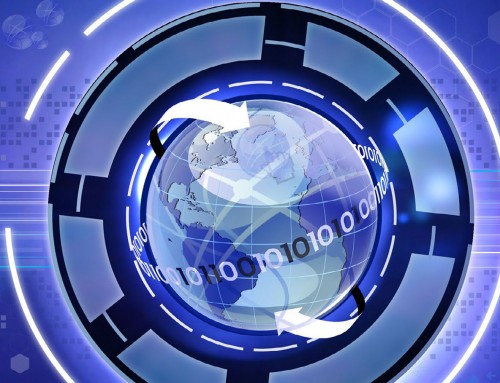Posted on behalf of Christel Fowkes, Regional Sales Manager
How many of you prefer shopping online? Taking advantage of online deals like cyber Monday, Amazon Prime Day, Holiday sales, back to school sales; awaiting those additional great deals that flood your inboxes daily including free shipping and even more discounts? I’ve been in the healthcare information technology industry for over twenty-five (25) years and for some reason all of my online shopping purchases over the past year made me ponder the question, why in the world are we still using faxing technology in healthcare in year 2018? I just safely and efficiently conducted hundreds of transactions with numerous companies with just the click of a few buttons.
With all of the interoperability and connectivity advancements in healthcare why is the antiquated fax machine still alive and being used to share patient data? The fax machine was born in 1964, over fifty (50) years ago when Xerox Corporation introduced and patented the first commercialized version of the modern fax machine. Most industries other than healthcare abandoned the fax machine in the early 1990s.
Healthcare organization are spending millions, even billions, on new information technology systems. Unfortunately, implementing many of these systems has neither addressed nor fixed the issue of sharing hospital information among physician’s practices, who still wanted to retain their existing Practice Management System or other hospitals running another vendors system. This lack of electronically sharing patient drug allergies; test results; history and physicals etc. sadly results in hurting the most important person – the patient. This issue is most frustrating for the patient who has a lengthy or complicated health history.
The time has come for healthcare to say no to dealing with age old faxing issues such as paper jams; no paper; patient data ending up at a car dealership or other non-healthcare location because the wrong FAX number was entered.
Connectivity with disparate system is still in it’s infancy in many ways however technology does exist to share patient data among and between disparate systems. The ability for automation and integration companies to take advantage of electronically sharing health records using FHIR (Fast Healthcare Interoperability Resources) will continue to assist the healthcare marketplace with turning off the fax machines and turning on interfaces and bi-directional connectivity using industry standards.
The time has come to no longer fax a patient’s information to a long-term care facility or physician’s office. We need to re-train our healthcare staff and consumers to trust an automated process of sending a laboratory or diagnostic imaging text electronically between disparate systems as opposed to printing an order or telling the patient the order will be faxed to the ancillary department.
In 2009, the Obama administration attempted to address the expensive and antiquated way of sharing patient data given the number of disparate health record systems across the county. $30 billion was allocated for hospitals and medical providers to automate and digitize patient health records via the Health Information Technology for Economic and Clinical Health (HITECH) However, the question remains, has this spend really advanced the ability to easily and securely exchange important patient medical record information in a timely manner when it’s really needed the most?
As we start to take on 2018, let’s hope that the the ability for hospitals; physician’s offices; clinics; nursing homes and other organization to move away from sharing patient data via the antiquated fax machine and move into the age of sharing data safely and securely will happened sooner vs. later. Until then, we will continue with the Fax of Life in Healthcare.
To hear how other organizations are improving electronic communication with their area providers, check out our latest webinar: Enhancing Data Access for Provider Communities


